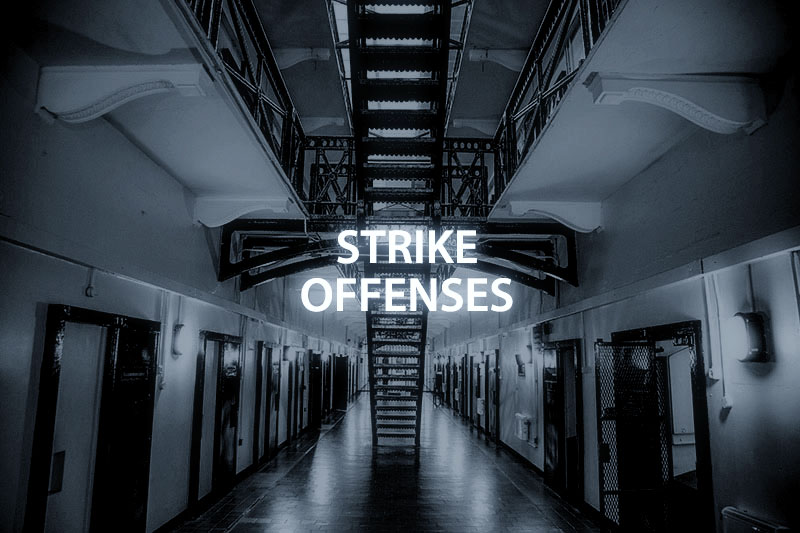For those ensnared by the harsh penalties of California’s Three Strikes law, a Romero motion offers a critical, albeit challenging, avenue for relief. It symbolizes the judicial system’s acknowledgment that one size doesn't fit all when it comes to justice. By allowing judges to evaluate the appropriateness of applying a severe sentencing enhancement based on previous strikes, the Romero motion serves as a key corrective tool, ensuring that sentences proportionately reflect the individual’s circumstances and conduct. This legal remedy not only impacts the lives of specific defendants but also underscores a broader commitment to a fair and adaptable justice system.
Facing a potential third-strike charge under California's Three Strikes Law requires an aggressive and multi-faceted defense strategy. By focusing on both the current charges and the validity of previous convictions, defendants can substantially improve their chances of a more favorable outcome. These strategies highlight the importance of experienced legal counsel, capable of navigating the complexities of the law and advocating tirelessly on behalf of those at risk of life-altering sentences. While the path through a three-strike defense is fraught with challenges, understanding and utilizing these tactical approaches can make all the difference in securing justice and ensuring a proportionate response to crime.
California's Three Strikes Law reflects a period of “tough-on-crime” policy that has led to extremely punitive consequences for repeat offenders. While the law's intent is to prevent recidivism and protect the public from violent criminals, it can also engender disproportionately harsh penalties for individuals whose criminal behavior does not reflect the severity anticipated by the law's drafters.
The Three Strikes law in California serves as a stringent legal mechanism intended to deter repeat offenders from committing serious crimes. It highlights the gravity of obtaining a "strike" on one's criminal record, which can lead to severe implications for future offenses, even those that might seem minor. The law's evolution, particularly with the reforms introduced by Proposition 36, reflects ongoing debates about justice, fairness, and the best ways to ensure public safety while avoiding disproportionate penalties. Understanding these nuances is essential for any Californian, helping navigate the complexities of legal consequences in the state.

